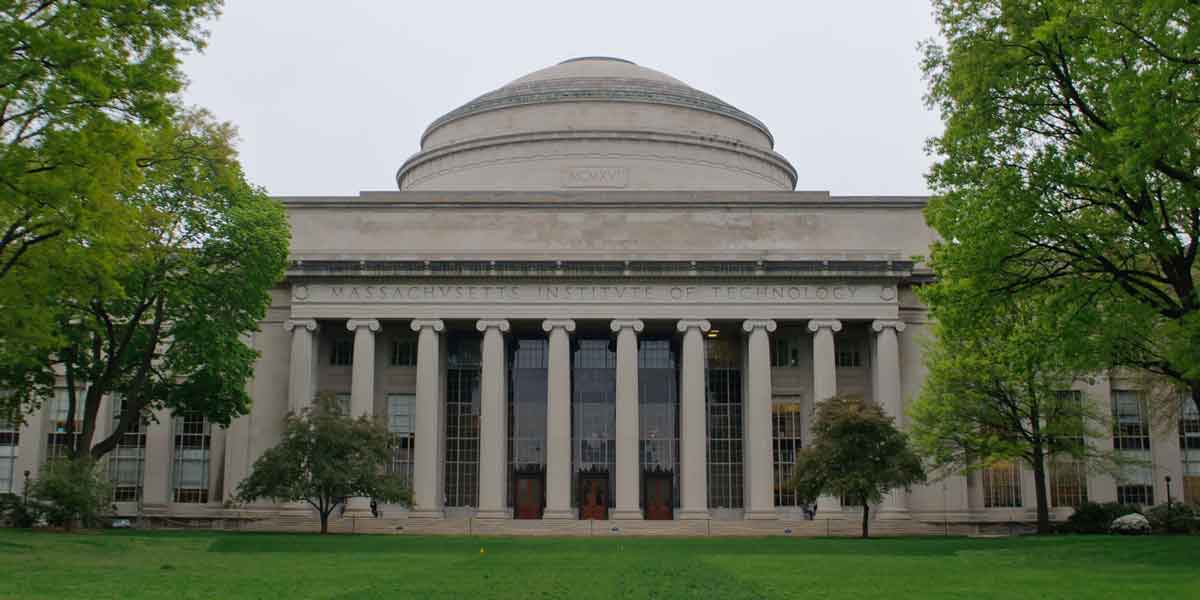
Acceptance Rate of MIT University in 2024
Guess what’s common among the following leaders?
- Avram Noam Chomsky, sometimes called “the father of modern linguistics” and one of the founders of the field of cognitive science
- Jonah Peretti, the co-founder and CEO of BuzzFeed and one of the co-founders of The Huffington Post
- Robin Chase, founder of Buzzcar as well as co-founder and former CEO of Zipcar, one of the largest car-sharing companies in the world
- Kofi Annan, the seventh Secretary-General of the United Nations from 1997 to 2006 and the winner of the Nobel Peace Prize in 2001
- Andrea Wong, the president of Sony International Production and former executive for ABC in America
Do you see the diversity of MIT’s alumni?
The university has produced geniuses in every field, and these are just a few of the many. The rest of MIT’s nearly 145,000 alumni represent one of the most talented, innovative, and networked communities on the planet.
MIT boasts an esteemed alumni network, comprising entrepreneurs, researchers, policymakers, and, above all, leaders who have profoundly influenced the world we inhabit today. From the revolutionary realm of 3-D printing to the life-altering advancements in bionic prostheses, a multitude of products and services that define our modern world bear the indelible mark of MIT’s brilliant alumni community.

What is the Acceptance Rate for MIT?
According to the CollegeBoard, MIT acceptance rate is 4%. This means that out of every 100 applicants, only 4 are admitted. While this number can feel intimidating, it is comparable to other extremely selective colleges in the United States. This includes those in the Ivy League. For example, the acceptance rate for Harvard University is 3%, and the acceptance rate for Yale University is 5%.
You see, MIT is one of the most selective universities in the world, and thus it is important to have a strong academic record and to demonstrate your potential to contribute to the MIT community in order to be competitive.
Is MIT prestigious?
MIT is widely considered to be one of the world’s most prestigious universities. It is consistently ranked among the world’s top universities by major organizations, such as the QS World University Rankings and the Times Higher Education World University Rankings.
- Ranked 1st by the QS World University Rankings 2024
- Ranked 3rd by the Times Higher Education World University Rankings 2024
- Ranked 2nd by U.S. News & World Report Rankings 2024
You will be amazed to know that the list doesn’t end here; there are other honorary rankings as well.
The university’s alumni have also been awarded numerous accolades, including 101 Nobel Prize Laureates, 60 National Medals of Science, 30 National Medals of Technology and Innovation, 82 MacArthur Fellowships, 21 John Bates Clark Medals, 17 A. M. Turing Awards, 6 Pulitzer Prizes, and 2 Millennium Technology Prizes.
Suggested: Notre Dame University Acceptance Rate
MIT Acceptance Rates: Early Decision vs. Regular Decision
What’s the difference between applying Early Action and Regular Action?
The only difference between Early Action and Regular Decision is the application deadline. MIT does not have a preference for either application cycle, and there is no strategic advantage to applying early. MIT offers two application cycles for two reasons:
- to spread out the workload over a longer period, allowing for more time to review each application.
- to provide applicants with more options to choose from.
Early Action is available to all applicants, both domestic and international. MIT’s Early Action program is not single-choice or binding. If you apply to MIT during Early Action, you are not restricted from applying to other schools, and you are not obligated to attend MIT if you are admitted.
However, if you apply to another school during Early Action that has restrictions, MIT expects you to adhere to those rules. For instance, if you apply to another school that is “single-choice” (meaning you can only apply there during the early period), you cannot simultaneously apply to MIT. Similarly, if you are admitted to a “binding” school, you must attend that school even if you are also admitted to MIT. Therefore, choose carefully!
Suggested: Bachelor Degree in USA
From the Desk of Yocket
MIT receives a vast number of applications each year, far exceeding the number of spots available in the incoming freshman class. This high volume of applications, coupled with the university’s high academic standards, naturally leads to a low acceptance rate. Additionally, MIT’s low acceptance rate is also partly a reflection of its desire to maintain its prestige and reputation. By keeping the acceptance rate low, MIT signals to the world that it is an exclusive institution that only admits the very best students. This perception of exclusivity can further enhance MIT’s appeal and attract even more talented applicants.
Ultimately, the MIT acceptance rate is a reflection of the university’s high standards and its commitment to attracting the brightest and most promising students. While the admissions process is undoubtedly challenging, it also presents an opportunity for applicants to showcase their exceptional qualities and potential for success at MIT and beyond.
Frequently Asked Questions
1. How does MIT consider my test scores in the admissions process?
MIT employs a holistic admissions process, considering various factors beyond test scores to assess a student’s readiness for MIT. Test scores are evaluated in conjunction with other application components such as curriculum, grades, and other examinations.
2. Is the MIT test-optional?
No, the MIT test is not optional. All applicants to MIT are required to submit scores from either the SAT or ACT. MIT does not have a minimum score requirement, but the university does consider standardized test scores as part of the holistic admissions process.
3. What are the SAT and ACT score requirements for admission to MIT?
While MIT does not have a minimum SAT or ACT score requirement, admitted students typically have an SAT score between 1520 and 1570 or an ACT score between 35 and 36.
